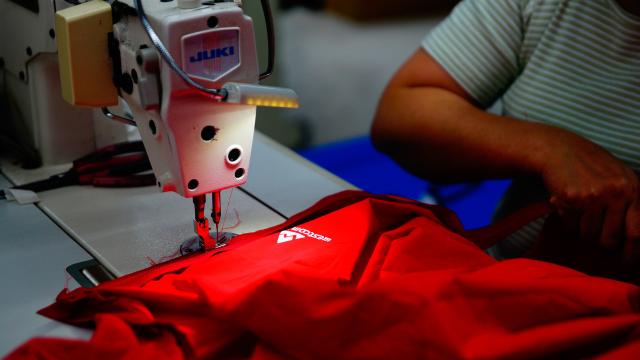10 years ago, Alan Yiu watched as clients of his family’s Vancouver garment factory sent their business to China. So, he launched his own outerwear brand — Westcomb. This is how he did it and what he learned along the way.
Unless you’re a serious outdoor athlete, you probably haven’t heard of Westcomb. I hadn’t, until I was bemoaning the current state of clammy rain shells and a friend told me to check out their Apoc jacket. I was impressed by it and subsequent products I was able to try. Not only did they perform well, but they looked good and were stitched together like nothing else. Westcomb’s whole thing is taking the latest materials innovations from suppliers like Primaloft and Polartec and Pertex and Shoeller, then assembling them into garments that are cut and styled to flatter athletic bodies. All that from a tiny company making stuff in Canada. So I called up Alan to figure out how.
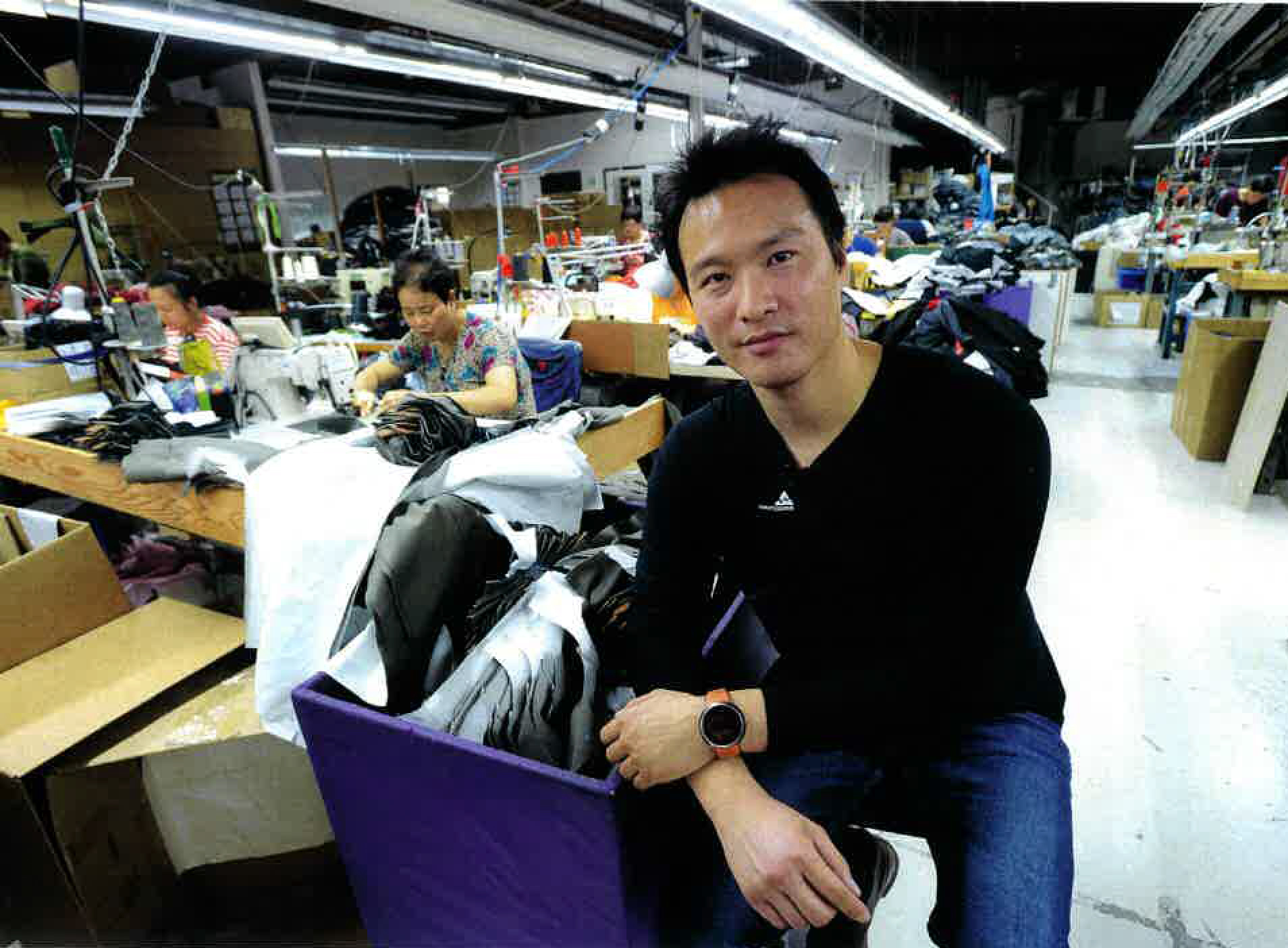
IndefinitelyWild: How did Westcomb get started?
Alan Yiu: Back then, domestic production was thriving. My main goal was to try and get US-based brands to do their production at our factory. My background is in product development and production, so my first foray into design was as a value added service to my customers.
The old way was to get a production technical package, then just quote. But there are relationships brands have with traditional suppliers that are strong and we were missing opportunities because of them. So, rather than try to compete for existing programs, we tried something new. I started going to Outdoor Retailer, researching the latest materials and trends and then went to my customers with the concepts, materials, designs and a final price. That was different, it was not the traditional way of getting a contract, but it was the only way I could get attention.
I was doing that for about two years before China exited WTO and that meant quotas for Chinese-made products going into the US were eliminated. That was a big milestone; within a year there was an exodus of domestic production to China.
Partially due to excess capacity and partly due to a passion for creating product that was truly innovative and that had great workmanship — a product that can be made locally — I decided to launch the Westcomb brand.
We didn’t set out to make t-shirts. We started with technical fleece, then shells, then high fill-power down products. Just from a strategy standpoint, we’re now doing synthetic t-shirts and base layers, just to keep the brand in retailers’ eyes for eight to ten months of the year. It won’t be year round, but hopefully we can now cover spring as well as fall and winter.
The products we’re putting to market aren’t cheap. But, I think there’s value in delivering innovation, in delivering a product that will last longer, and I think there’s value in supporting a local economy too.
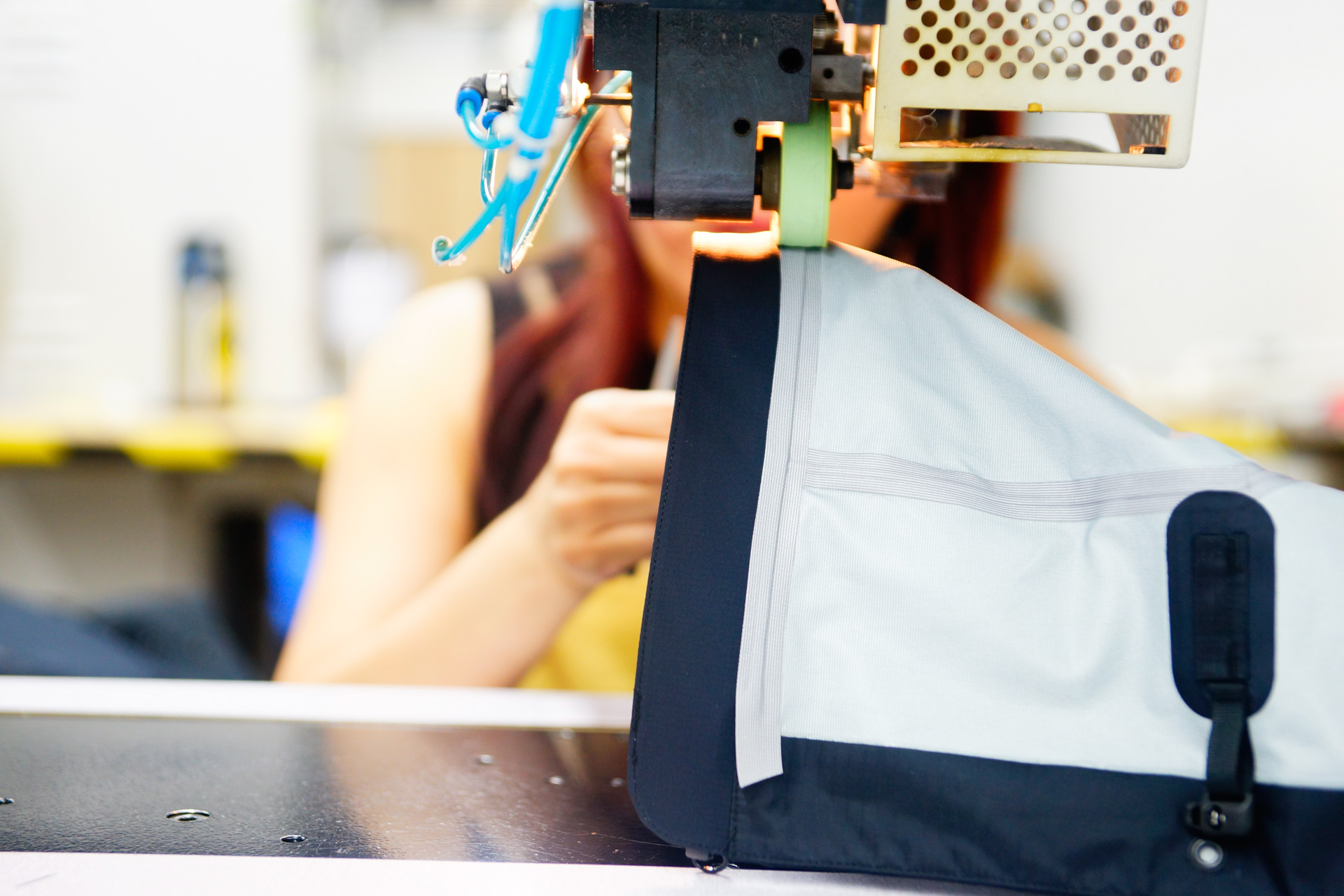
IW: How are you able to be first to market with new materials?
AY: I’ve had some of these relationships since before starting Westcomb. If I hadn’t, I think it would have been a very tough sell.
Companies like Polartec have tiered levels of products they supply to brands. Polartec 100 fleece is open to everyone, even Costco I believe, but there’s better stuff you have to be an approved licensee to use. There’s an approval process based on your distribution chain. So, they asked me to sit down and tell them about the brand. They wanted to know if I was just planning on moving dollars away from The North Face or Arc’teryx or whoever, which doesn’t really benefit them because that doesn’t grow their market. If you’re offering something different though, they will support you.
I guess just due to those early relationships and the quality of product we’ve been able to deliver, we’ve been able to attract other suppliers.
Today I was talking to Polygiene, which has an anti-odor technology that they claim doesn’t wash out. They came in, said they’d heard about our brand and the people we work with and said they want to be a part of that. So the first few are the toughest, but once they see who you are and who you’re working with, then people want to work with you.
Outside of the industry, probably very few people have heard of Westcomb. We rely heavily on our suppliers, who have been around much longer than us. So when we make those value statements in terms of performance and workmanship, it’s not just a startup making those claims. We’re standing shoulder-to-shoulder with Shoeller and Polartec.
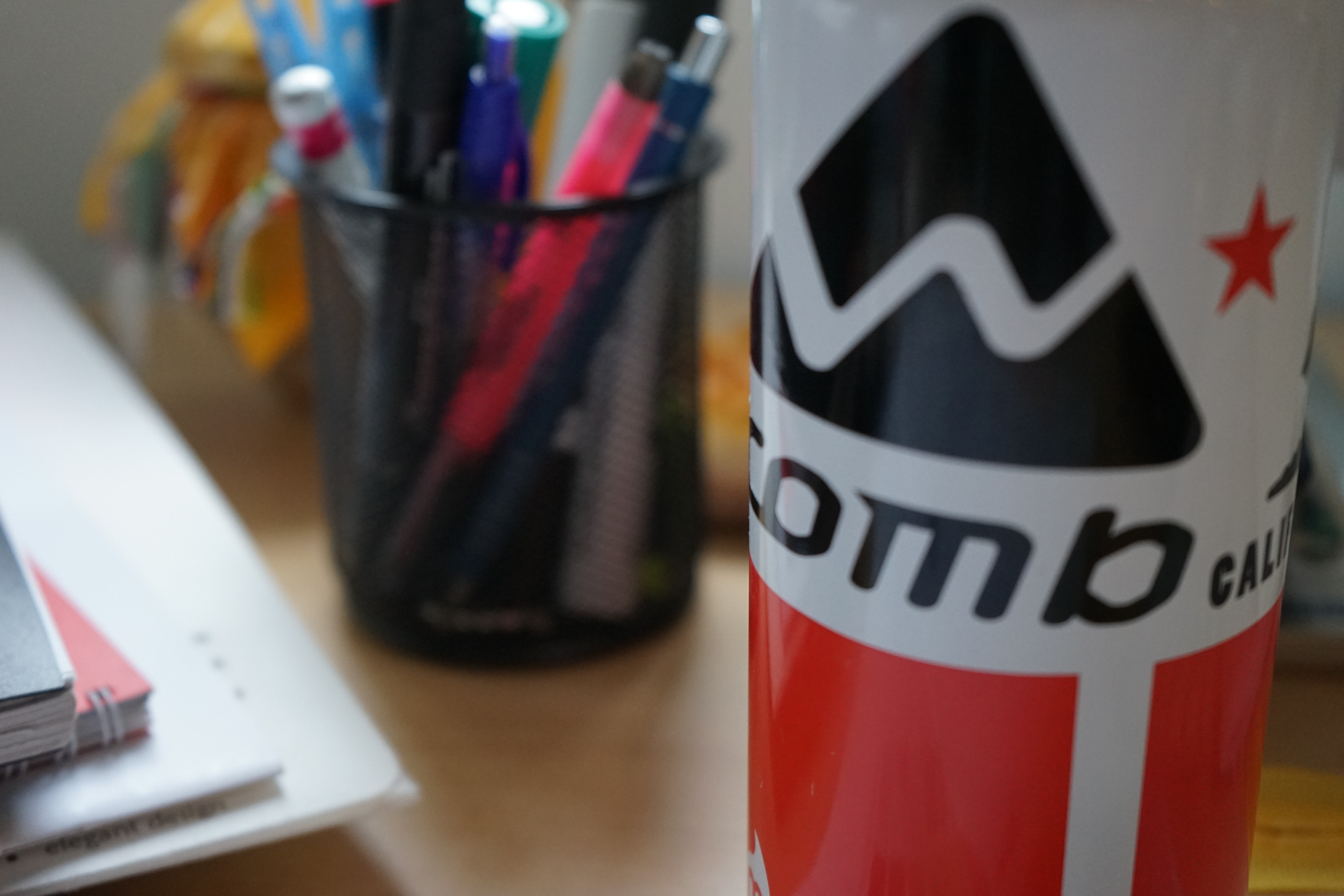
IW: How do you decide which materials to invest in?
AY: I tell the suppliers that what they have on paper is great, but am I really going to feel a difference when I wear it? If the answer is no, then I can’t use it.
For example, with NeoShell, we have suppliers who not long after that came out, would claim they had something more breathable. But if it can’t bubble on the water bubbler better, how do I demonstrate to consumers that they can see and feel an actual difference?
We do some rudimentary in-house testing, but don’t have a mad science lab or anything like hat. We have testers we send samples to and get feedback like if it actually feels different than wearing eVent or if it feels like wearing a garbage bag.

IW: Are larger brands able to block your access to certain technologies or develop stuff in-house that you can’t?
AY: I do see myself at a disadvantage, but not in terms of materials. The only licensed product that I can think of that I don’t have access to is Thermoball, which is a Primaloft technology licensed exclusively to The North Face.
Thermoball is a very marketing-intensive and successful product. But on performance? I’m not going to make the claim that it’s better than anything else Primaloft is making.
To this date, I haven’t come across any technology where I’ve said, “Oh man, Arc’teryx is using that or Mountain Hardwear is using this and I wish I could us it!” I actually have an advantage being a small player that’s nimble and able to adopt progressive technologies.
Every year, consumers and retailers are demanding new technology. I can’t always answer that. I can tell them about NeoShell, I can tell them the down story, but is it always going to be a jump from where the hardshell was before NeoShell to where we are now? It’s not predictable.
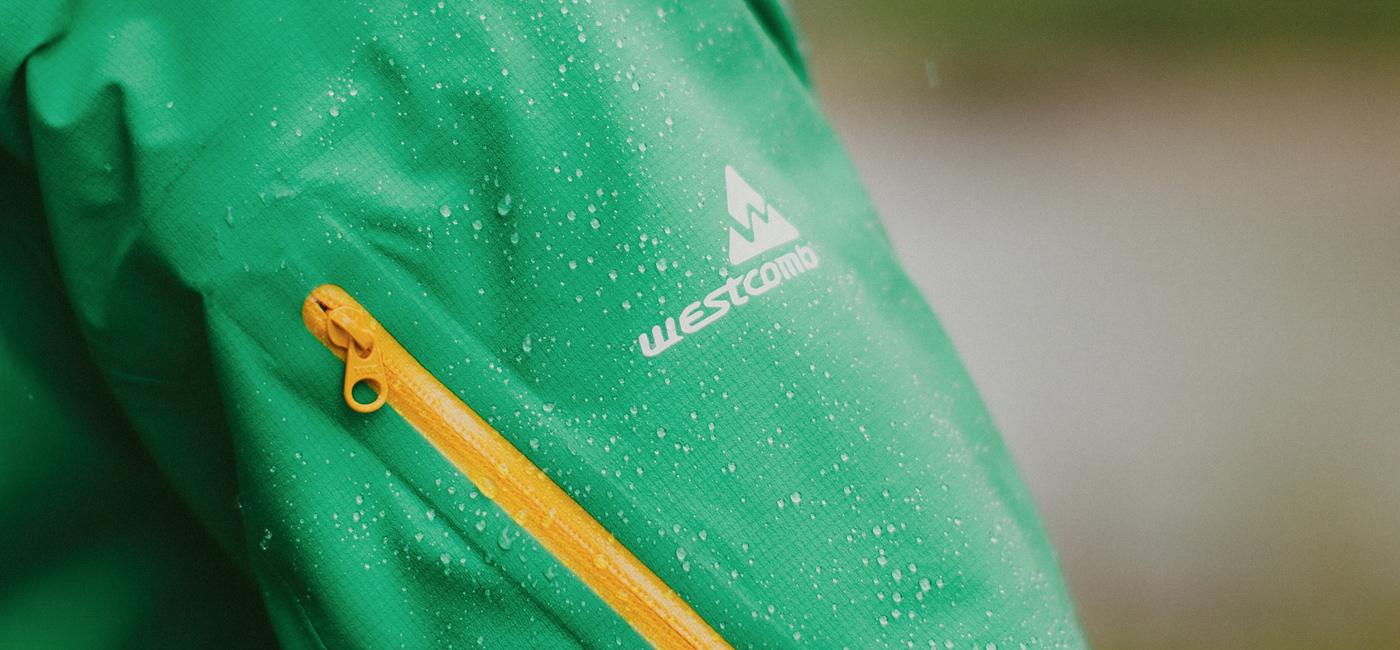
IW: Where are you in comparison to rivals?
AY: Arc’teryx’s next target is a billion dollars in revenue per year. Our next target is maybe $US5 million.
Think of the power of brand. People look at one of our jackets at $US500 and say it’s too expensive. But take that Canada Goose three-layer that was $US600. We made that and I can tell you our jacket is better.
We have to try and do more with less.
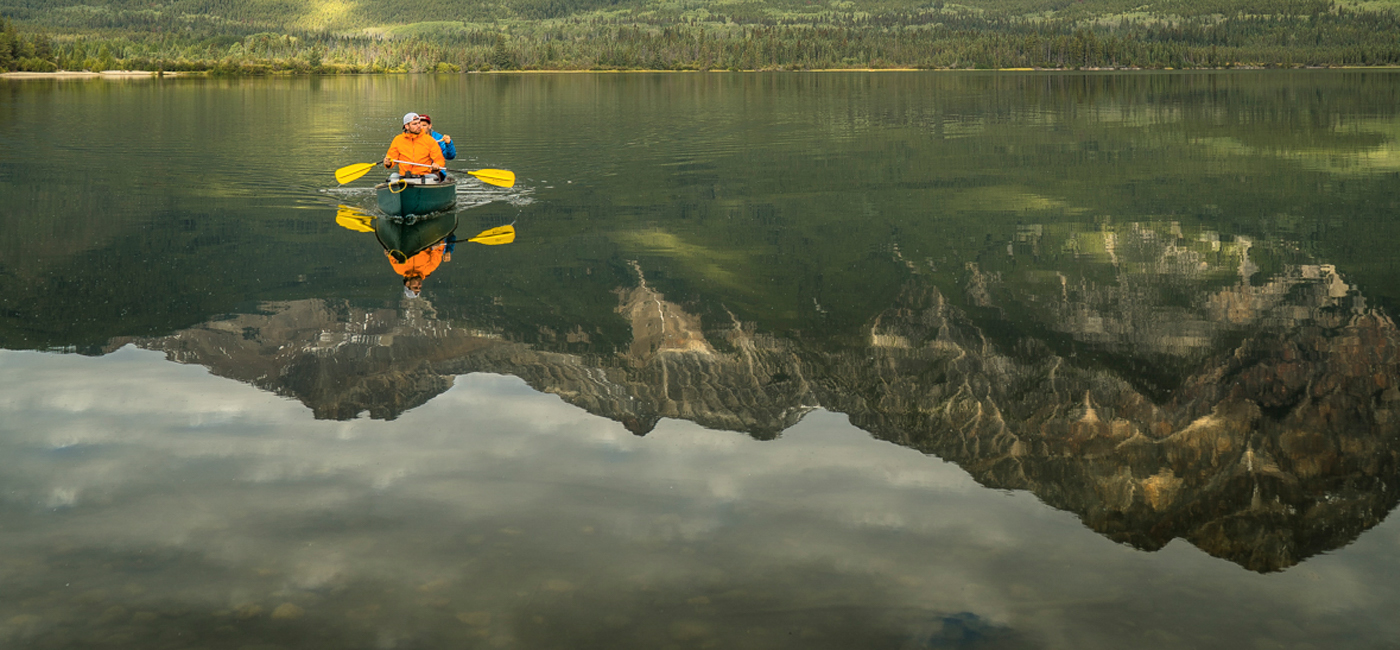
IW: Do people really need expensive clothes to do stuff outside?
AY: No, expensive clothing is definitely not a prerequisite to enjoying the outdoors.
We have customers call in about, say, that Apoc you wear. And I have no problem telling them that if they’re not going to use it for the kind of activity where they’re truly exerting or pushing themselves, then they can just buy any technology out there and it won’t be a bad purchase.
The key point is to determine your use. Why are you shopping? If it’s just for leisure, buy anything you like that fits your budget. You don’t have to buy Westcomb because you won’t enjoy the enhanced performance. But, if you are a core user, if you do want to stay warmer and drier in something that’s more compact, then you do need to consider the materials used and the way it’s assembled.
You can buy Uniqlo if you don’t plan to be active in it, that stuff is great value.
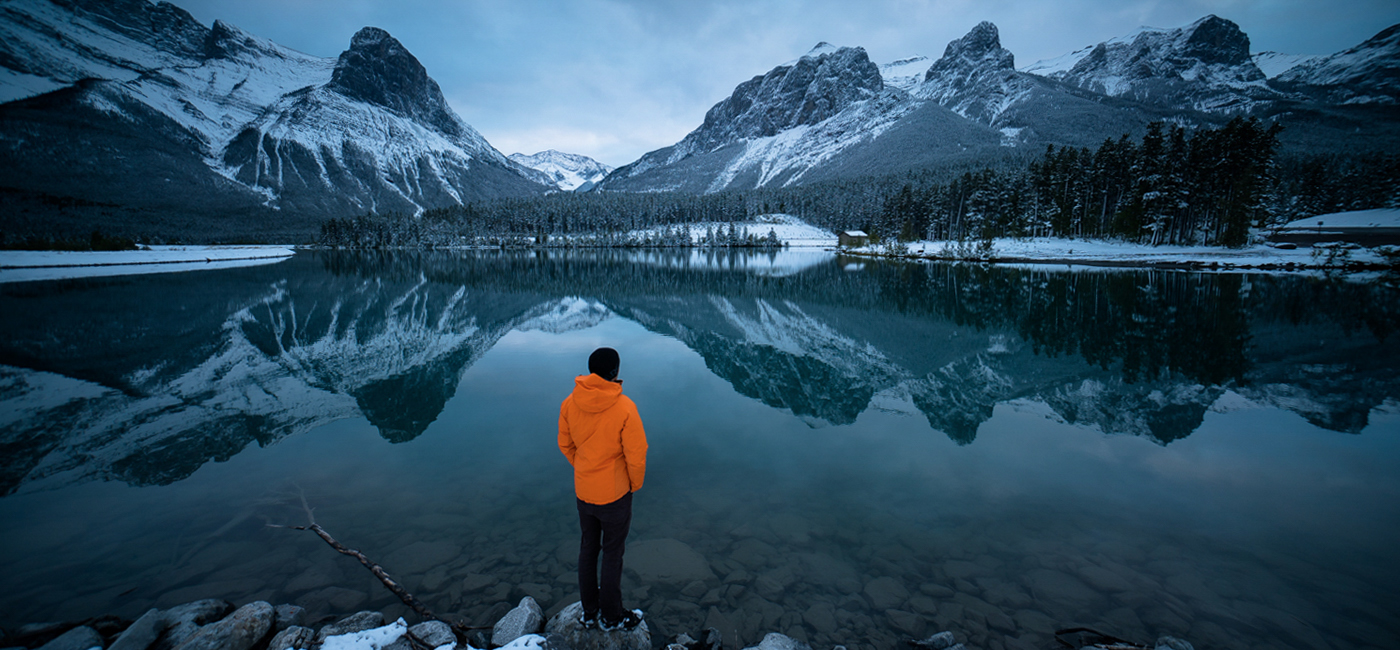
IW: How will outerwear technology evolve in the near future?
AY: In the space of waterproof/breathables, lighter weight options with the same breathability, but higher waterproof ratings are coming. That breathability versus waterproofness is a bit of a balance; I’m currently working on a couple styles that you’ll be amazed at how light they are and then to hear they’re waterproof.
I think we can exceed the size and weight of a Crest hoody (5oz, softshell) with a wp/b membrane. It’s going to be a lightweight, emergency shell that you’d only pull out when you need some protection. My goal is to have it pack down to the size of an iPhone 6, not the big one and I’m thinking it will be $US300 to $US350.
Photos: Chris Burkard, Jeff Spackman, Mina Y Lee, and Velvet Photography.
IndefinitelyWild is a new publication about adventure travel in the outdoors, the vehicles and gear that get us there and the people we meet along the way. Follow us on Facebook, Twitter and Instagram.
